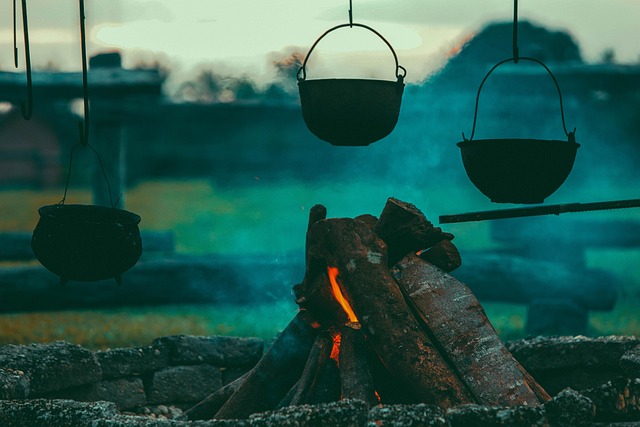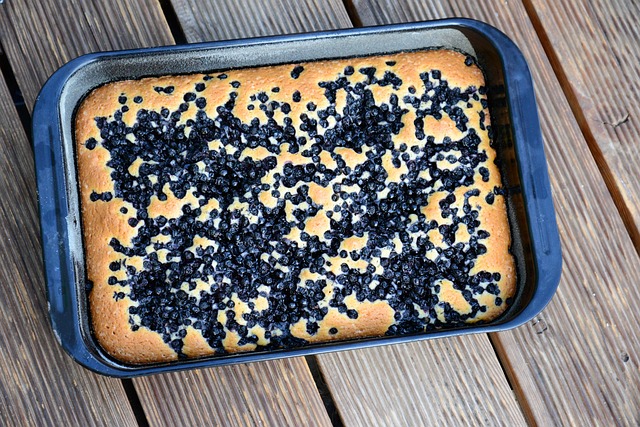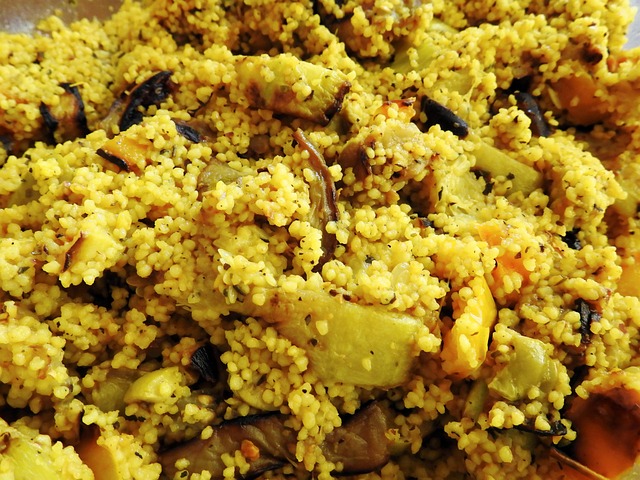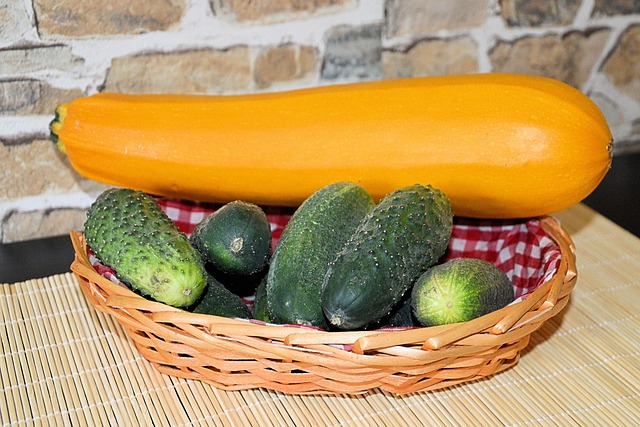
“The Art of Perfect Roasting: A Culinary Guide”
The Art of Perfect Roasting: A Culinary Guide
There’s something deeply satisfying about the aroma of a perfectly roasted meal wafting through the kitchen. Roasting isn’t just a cooking technique; it’s an art form that transforms raw ingredients into a symphony of flavors and textures. Whether you’re roasting vegetables, meats, or even fruits, understanding the nuances can elevate your culinary experience to new heights.
Understanding the Basics of Roasting
At its core, roasting involves cooking food evenly in an oven using dry heat. This method allows for the development of rich flavors through caramelization and browning, which enhance the natural sweetness of ingredients. It’s the major reason why a simple carrot can turn into a delightfully sweet and savory component of your meal.
Selecting the Right Ingredients
Choosing the right produce and proteins is vital for successful roasting. When selecting vegetables, opt for those that have good water content and can withstand high heat, like brussels sprouts, cauliflower, and potatoes. For meats, cuts like chicken thighs, pork shoulder, or ribeye work best due to their fat content, which keeps the meat juicy and adds flavor.
The Importance of Preparation
Preparation is key to mastering the roast. Start by preheating your oven to the right temperature, usually between 375°F and 450°F, depending on what you’re roasting. Next, ensure your ingredients are cut into uniform sizes for even cooking. Season generously with salt, pepper, and herbs to enhance the final taste. A little oil helps too! It aids in browning and adds depth to the flavors.
Roasting Techniques
There are various techniques you can apply to elevate your roasting game:
- High-Heat Roasting: This method is great for vegetables, resulting in crispy exteriors while keeping the insides tender. Roast them at 425°F for the best results.
- Slow Roasting: Perfect for tender cuts of meat, this technique involves cooking at lower temperatures over a longer period, allowing the meat to become incredibly tender and infused with flavors.
- Spatchcocking: For poultry, consider spatchcocking to help it roast evenly and cook faster. Flattening the bird exposes more surface area to the heat, ensuring a crispy skin.
Timing is Everything
When it comes to roasting, timing is crucial. A good rule of thumb is to check your food regularly but avoid opening the oven door too often as it releases heat and can hinder cooking. Investing in a meat thermometer can provide accuracy and ease your worries about undercooking or overcooking your meat.
Unlocking Flavor: The Power of Basting
Basting is a technique that can significantly enhance your roast’s flavor and moisture. Periodically spooning the accumulated juices over the meat or vegetables during cooking adds an extra layer of flavor. Consider incorporating herbs, garlic, or citrus into your basting liquid for something truly special.
Creative Additions
Don’t be afraid to experiment! Roasting is a perfect opportunity to add unique twists. Toss some garlic cloves or slices of lemon into the roasting pan to impart new flavors. Try incorporating spices like cumin or smoked paprika for a global flair, or drizzle with balsamic reduction afterward for an exquisite finish.
Serving Your Roast
Once your roast is beautifully browned and cooked to perfection, allow it to rest for a few minutes before slicing. This waiting period is crucial, as it lets the juices redistribute within the meat, ensuring every bite is seasoned with flavor and moisture. Pair your roast with simple sides or a fresh salad to create an inviting meal that will celebrate the art of roasting.
Embarking on the journey of roasting is not just about cooking—it’s about creating warmth, flavor, and joy in each dish. With practice and a bit of creativity, you’ll master the art of roasting and impress family and friends alike with your culinary prowess.


